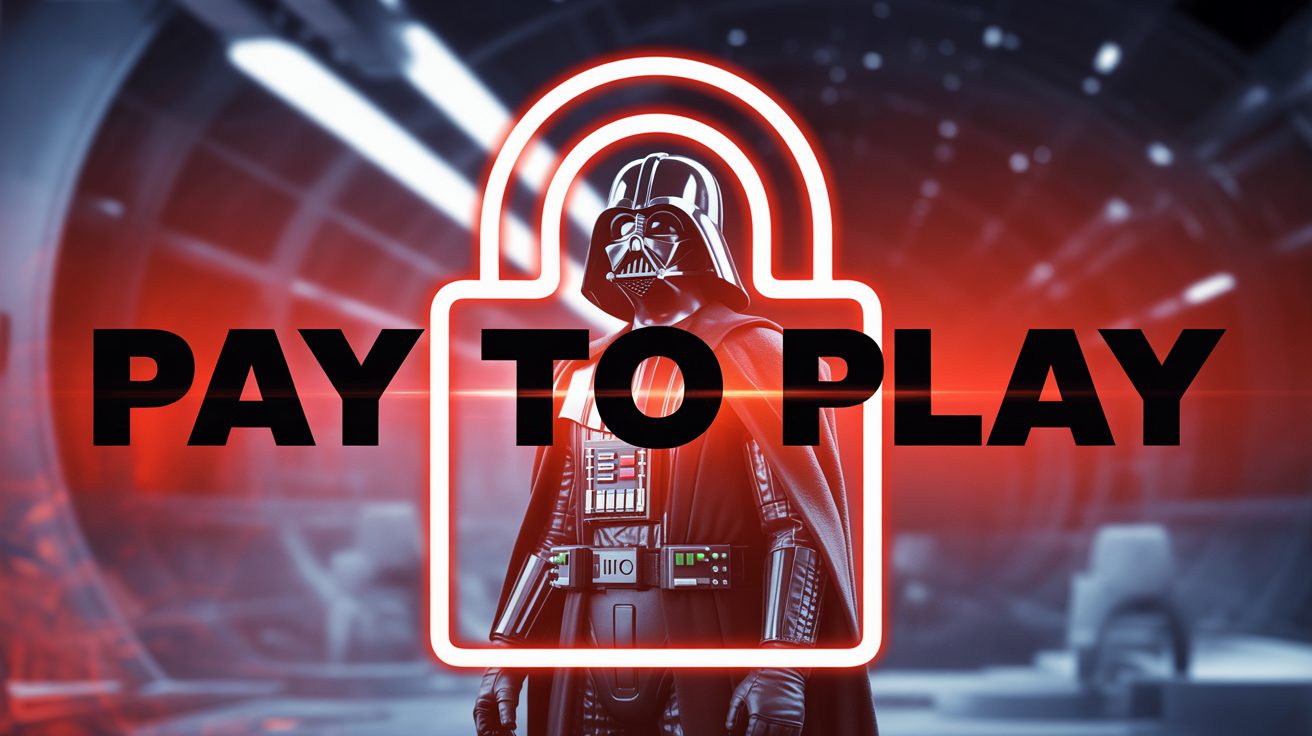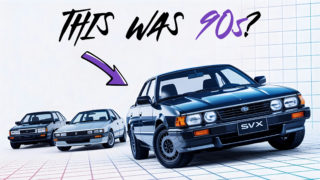The gaming industry has served up some legendary marketing blunders that make a Windows Vista launch look smooth. These twelve disasters prove that sometimes the best-laid promotional plans can explode faster than a grenade in a Call of Duty lobby—and with far more lasting damage to brand reputation.
12. EA’s Mercenaries 2 Gas Station Catastrophe
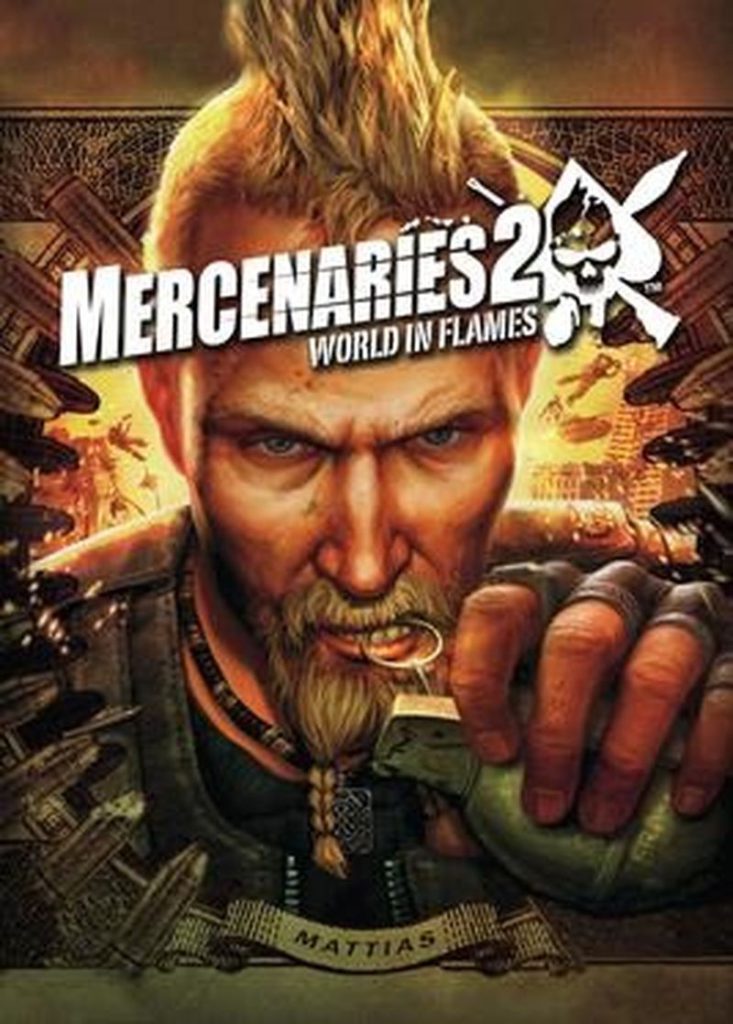
EA thought offering free gas to promote Mercenaries 2: World in Flames would create buzz in 2008. Instead, their London stunt during a recession and fuel crisis created traffic nightmares and public outrage. The pre-advertised event drew massive crowds, but EA halted the giveaway halfway through, leaving eligible drivers empty-handed and absolutely livid. The company learned that timing guerrilla marketing during actual hardship is like bringing a water gun to a house fire—ineffective and tone-deaf.
11. Sony’s “All I Want for Xmas is a PSP” Fake Blog

Sony created a phony fan blog hyping the PSP for Christmas 2006, complete with fake user testimonials and enthusiasm. The astroturfing campaign was quickly exposed, forcing Sony to issue a public apology for deceiving consumers. The incident became a textbook example of how manufactured grassroots marketing backfires in the digital age, where authenticity matters more than algorithmic reach.
10. EA’s Dante’s Inferno Fake Protesters

To promote Dante’s Inferno at E3 2009, EA hired actors to pose as religious protesters outside the convention center. Media initially reported the “outrage” as genuine before EA admitted the staged stunt. While generating some buzz, the tactic was criticized as manipulative theater that underestimated both journalists’ fact-checking abilities and gamers’ intelligence.
9. Sony’s Racially Tone-Deaf PSP Billboard

Sony’s 2006 Netherlands campaign for the white PlayStation Portable featured a billboard showing a white figure dominating a Black figure in stark, uncomfortable imagery. Public outrage was swift and justified, forcing Sony to pull the ads despite claiming no racist intention. The incident highlighted how visual messaging can override stated corporate values and damage international reputation permanently.
8. Fortnite’s Martin Luther King Jr. Metaverse Mishap
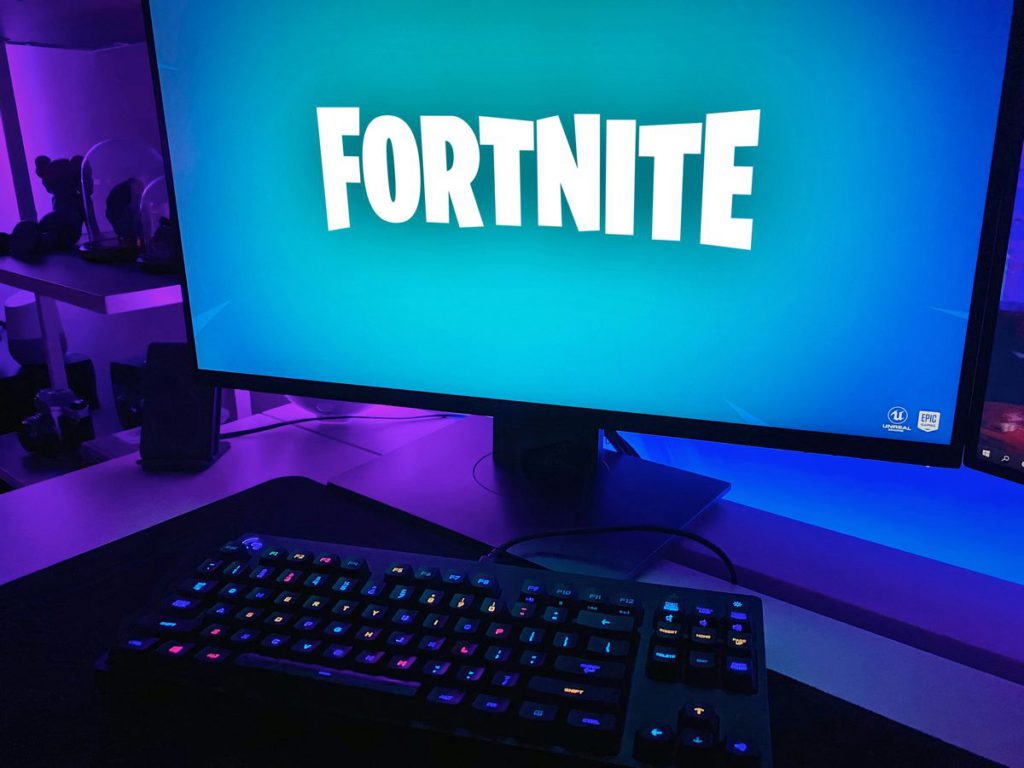
Epic Games launched a Fortnite creative mode museum to commemorate MLK Day 2021, but the cartoonish multiplayer format allowed inappropriate emotes and cross-brand characters like Rick Sanchez to appear alongside civil rights icons. Epic quickly restricted most emotes but overlooked a “whip crack” gesture from a DC Comics crossover, intensifying backlash about trivializing historical significance. The incident demonstrated how well-intentioned digital commemorations can backfire when platform mechanics clash with solemn subject matter.
7. THQ’s Homefront Balloon Environmental Disaster
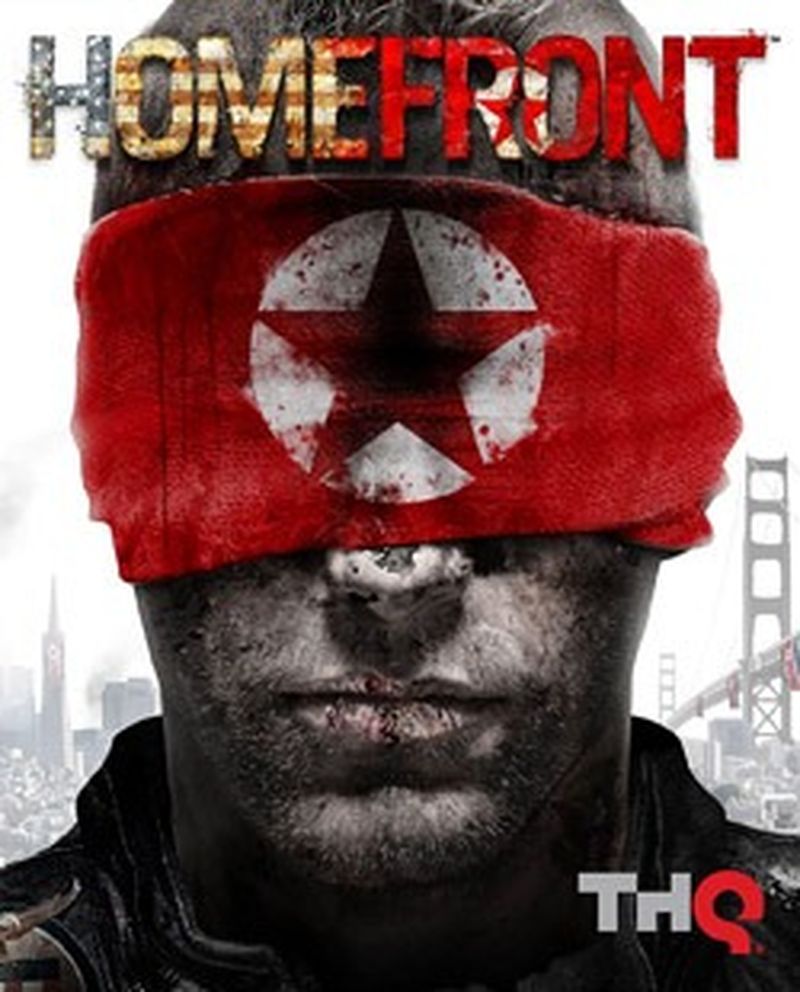
THQ released 10,000 red balloons over San Francisco in 2011 to promote Homefront, channeling Balloonfest ’86 energy with none of the environmental awareness. Most balloons ended up polluting the bay, prompting public outcry, official apologies, and a $7,000 cleanup fine for the marketing firm. The stunt proved that spectacle without sustainability planning creates more negative headlines than positive buzz.
6. Microsoft’s Xbox One Always-Online Reveal
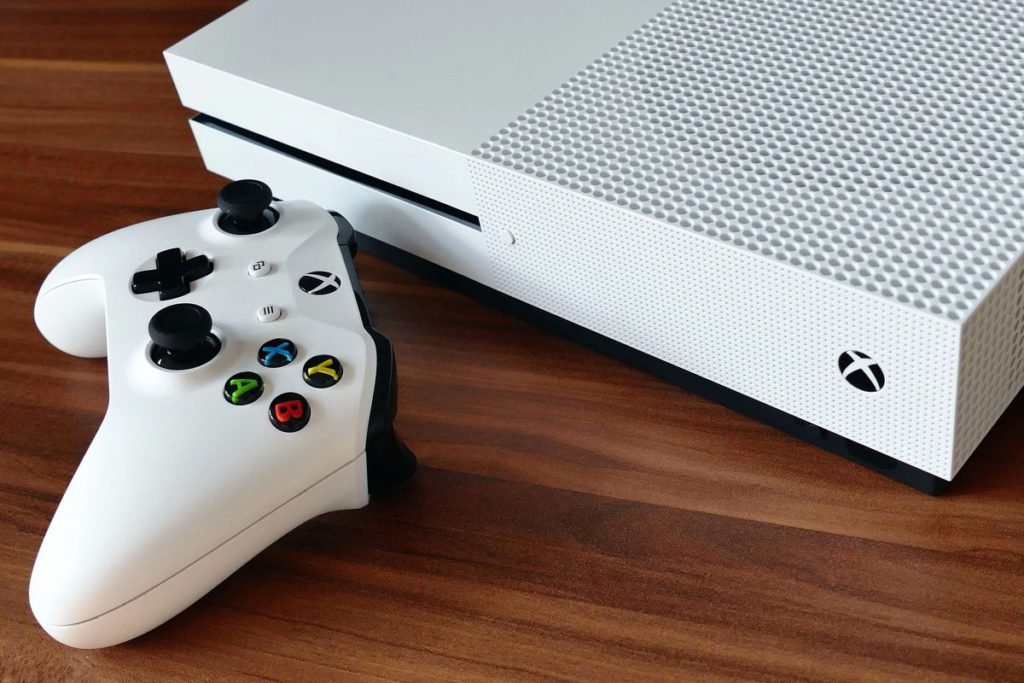
The Xbox One’s 2013 reveal emphasized TV integration and mandatory online check-ins over gaming, featuring unpopular DRM restrictions and required Kinect accessories. Public backlash was so severe that Microsoft reversed major policies within weeks, but the damage lasted years and shifted console market dynamics. The incident showed how out-of-touch corporate priorities can alienate core audiences faster than a server crash during a Fortnite event.
5. Halo 5’s Misleading Live-Action Trailers
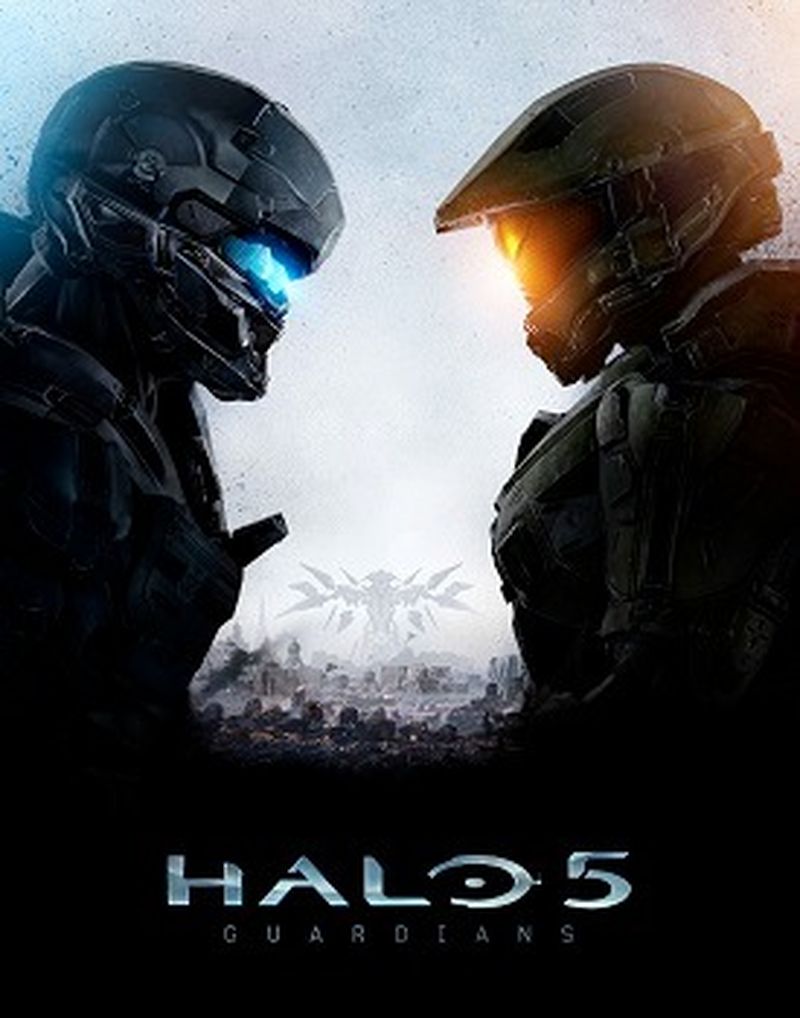
Halo 5’s 2015 live-action trailers suggested dramatic story elements like Master Chief’s possible death and epic rivalries that never materialized in the actual game. Fan disappointment was widespread, creating meme-driven mockery of 343 Industries’ promotional honesty. The campaign demonstrated how overpromising narrative beats can damage both individual game reception and franchise trust.
4. EA’s Godfather II Brass Knuckles Legal Nightmare
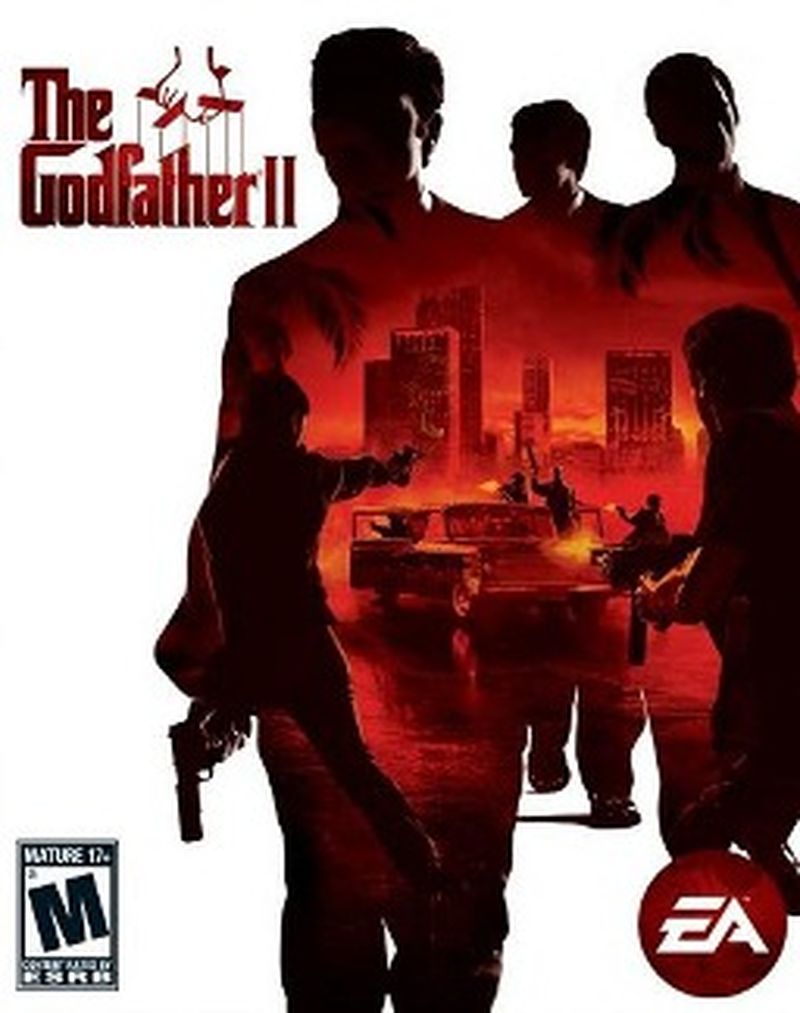
EA mailed metal brass knuckles to reviewers as promotional items for Godfather II in 2009, then sent urgent recall emails after realizing the items were illegal in several states. The company had to navigate both legal concerns and logistical headaches while their “edgy” marketing stunt became a cautionary tale about researching local laws before shipping promotional materials.
3. Capcom’s Resident Evil 5 Biohazard Treasure Hunt
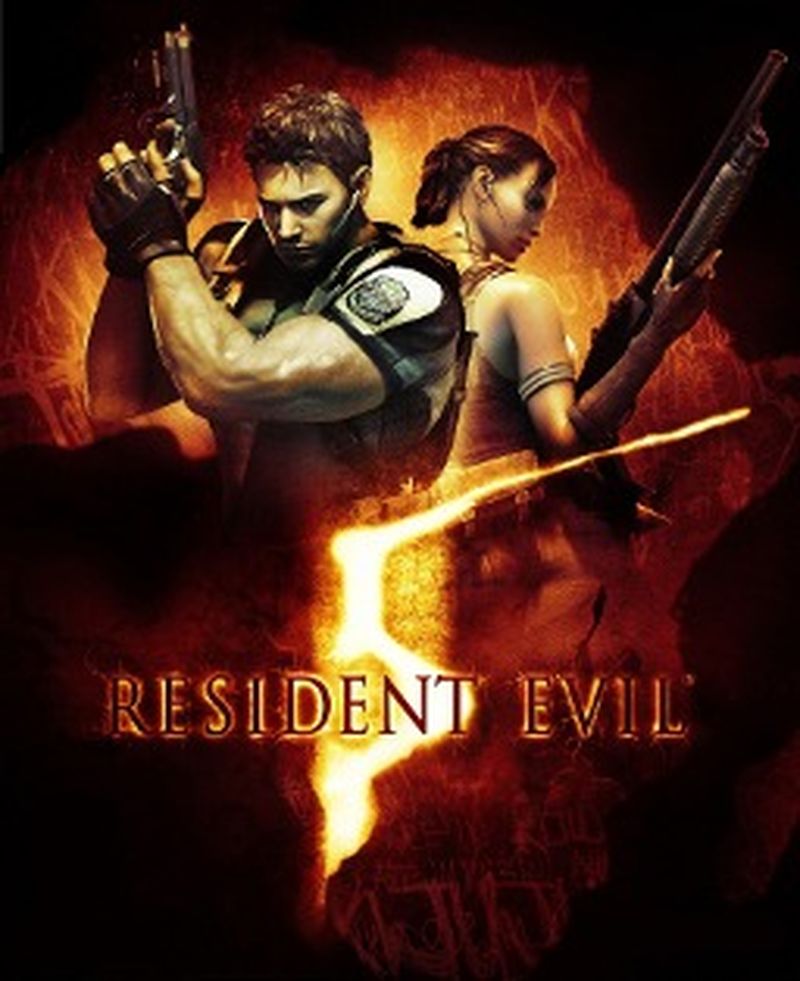
Capcom planted fake body parts smeared with chicken liver across London for a Resident Evil 5 promotion in 2009. When some items went missing, the company had to warn the public about potential salmonella risks and issue desperate pleas for their return. The stunt highlighted how horror marketing can create genuine safety concerns when it escapes controlled environments.
2. Subway’s Lingering Jared Fogle Game
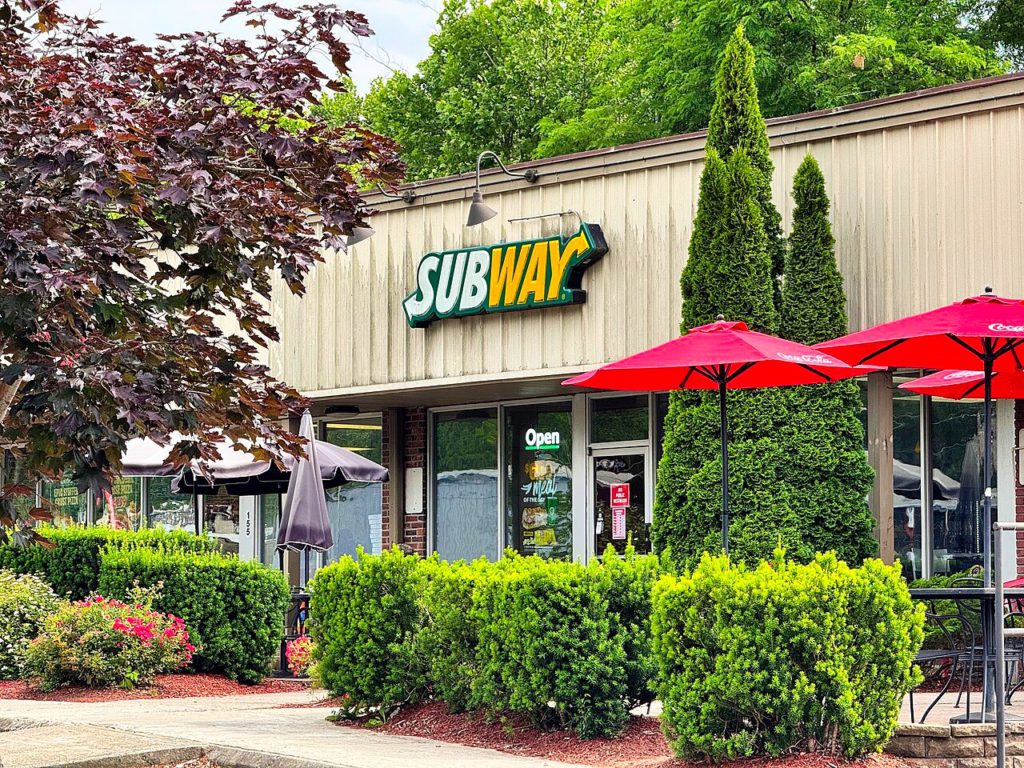
After Jared Fogle’s 2015 criminal conviction, Subway deleted nearly all references to their former spokesperson—except for a forgotten “Pants Dance” web game discovered by media. The oversight was quickly corrected, but it demonstrated how digital tie-ins can linger embarrassingly long after partnerships end, creating unexpected PR landmines.
1. Star Wars Battlefront II’s Microtransaction Meltdown
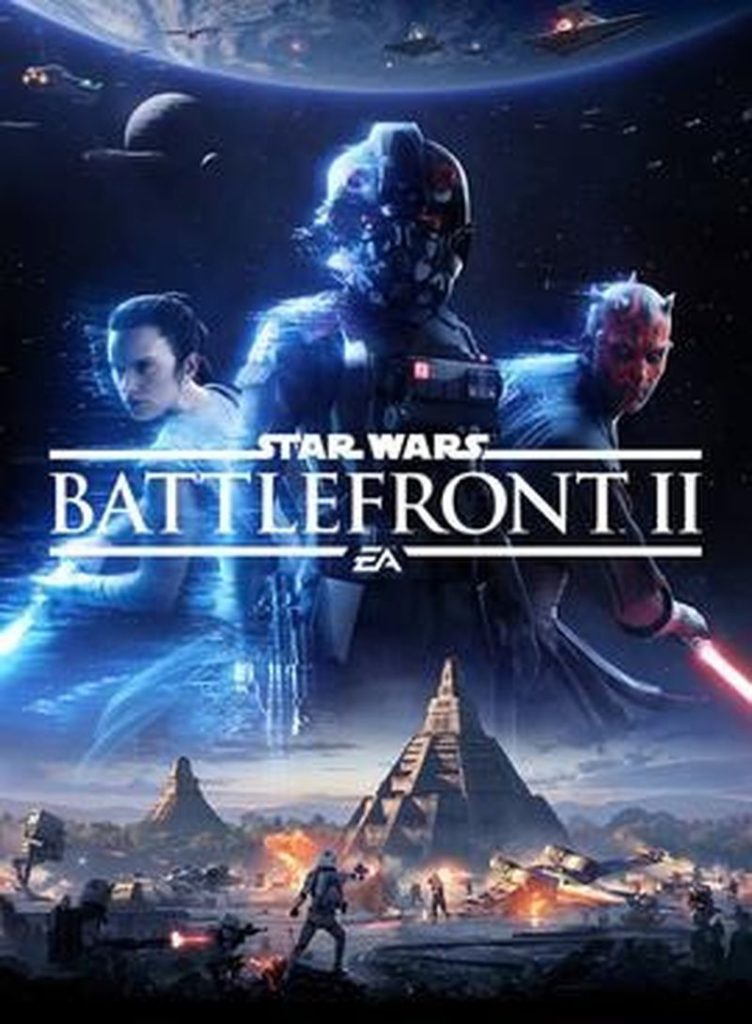
EA’s progression system for Star Wars Battlefront II required extensive time or money to unlock key characters, prompting a record-setting Reddit backlash that forced complete monetization redesign. The controversy contributed to Disney ending EA’s Star Wars exclusivity and became a defining moment in gaming’s ongoing microtransaction debates.


